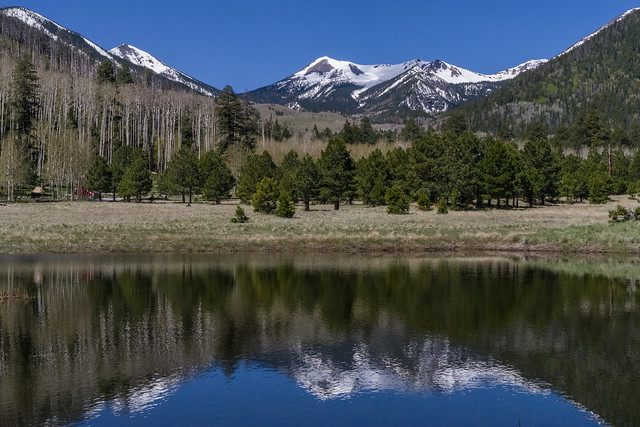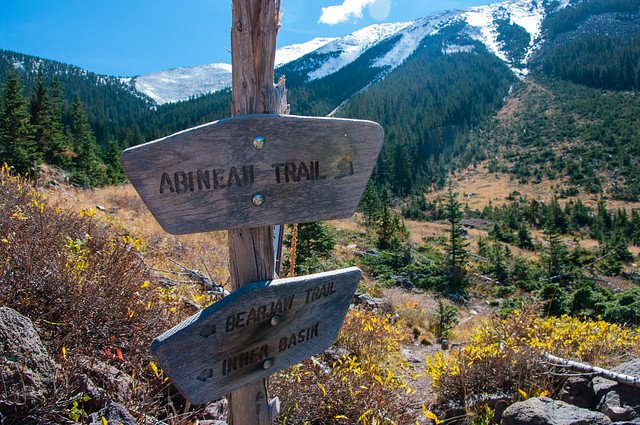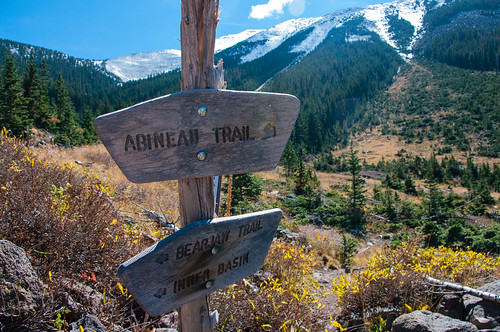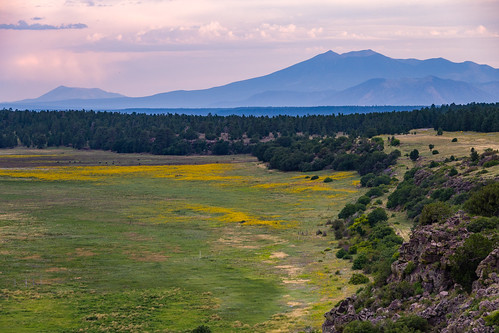The Bell Rock Pathway is a 3.6 mile trail. Along this pathway you’ll enjoy fantastic views of Bell Rock, Courthouse Butte, and other landmarks. Most of the pathway has a wide, hard surface, but there are some steep hills too. Some places around Bell Rock are rocky and rough.
There is a popular observation area on the west side of Bell Rock not accessible from the highway.
Directions
Location: 31 miles south of Flagstaff in scenic Red Rock Country.
GPS:
Access: From the junction of Routes 89A and 179 in Sedona, take 179 south 3.6 miles to a paved turnout and trailhead parking on the left (east) at milepost 309.8, .2 miles south of the entrance to the United Methodist Church for the northern trailhead.
For the southern trailhead, from the South Gateway Visitor Center, go 1 mile north to Bell Rock parking area on your right.
Maps
- Red Rock Country Maps: Download Red Rock Country trail maps and find other Sedona recreation resources. See the Sedona Southeast map for this trail.
- The Digital Travel Map Whether you’re driving, hiking, riding, or exploring, you will find this full-color, GPS-enabled map a handy reference to have on your mobile device. The map show trails, recreation sites, major landmarks, and forest roads.
- Forest Service Topo Map (FSTopo Geo-enable PDF)
Click map thumbnail for larger view.
GPS Coordinates
Latitude 34° 47′ 29.4540″ N
Longitude 111° 45′ 42.6600″ W
















![[photo] Knoll Lake - Click for Larger view](https://fs.usda.govhttp://www.fs.usda.gov/Internet/FSE_MEDIA/stelprdb5305501.jpg)
